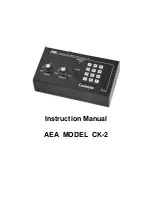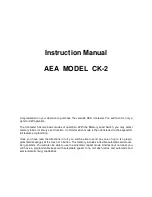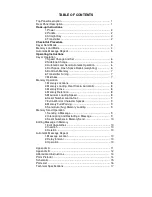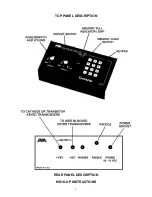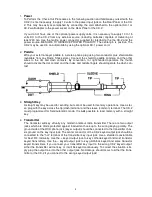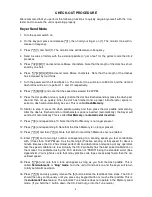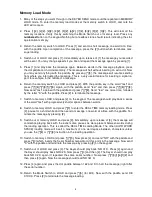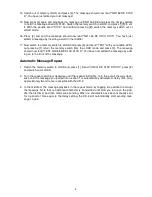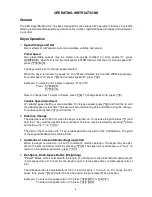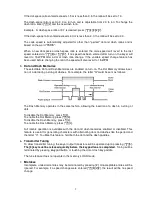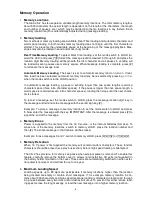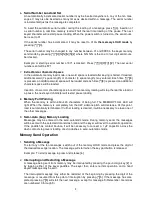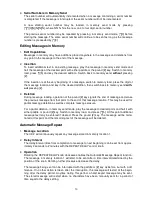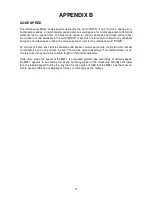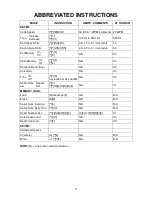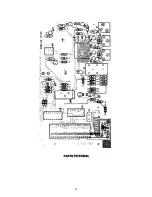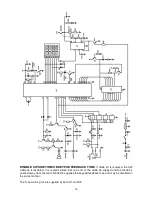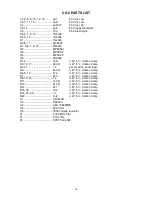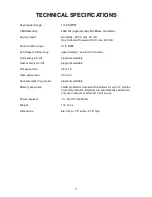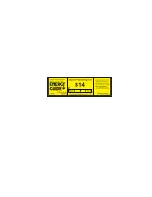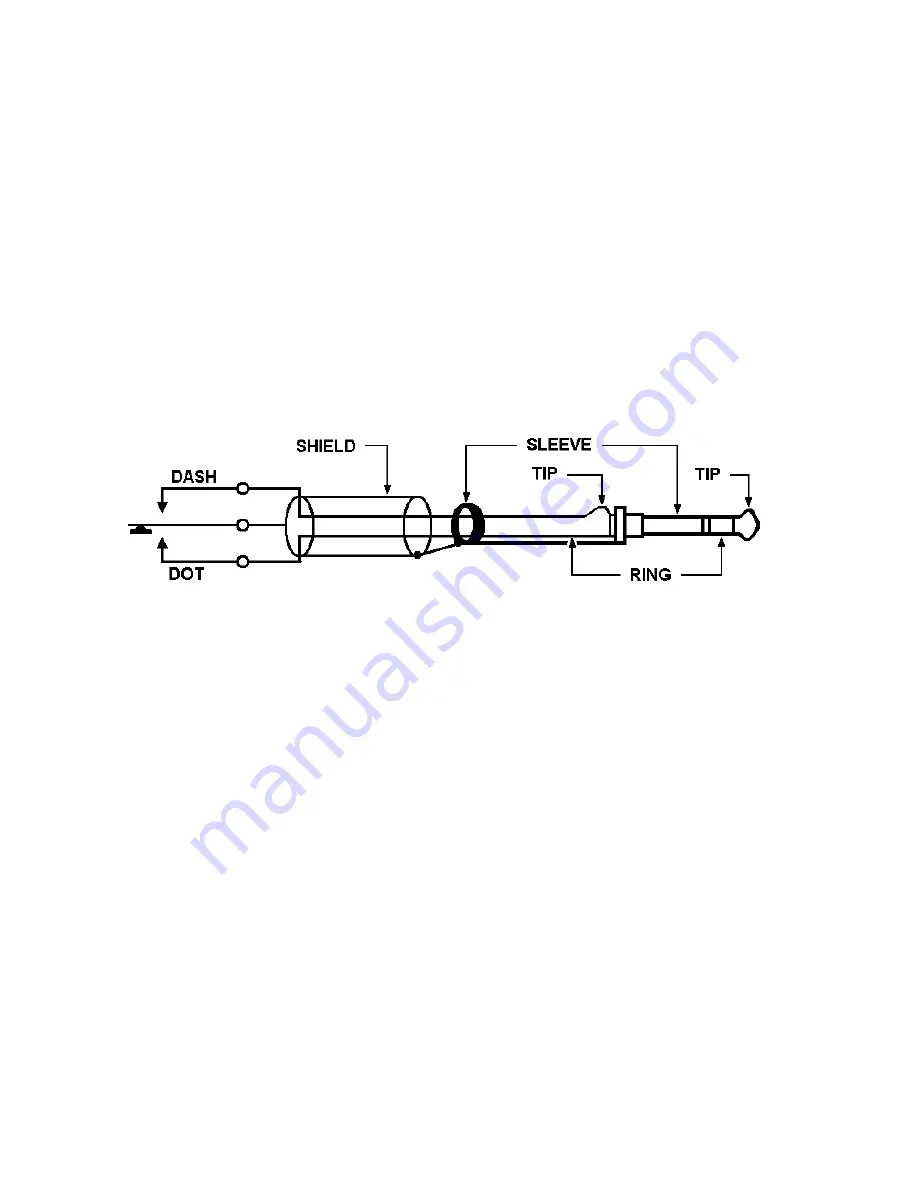
2
1.
Power
To Perform the Check-Out Procedures in the following section and familiarize yourself with the
CK-2 it is first necessary to apply 13 volts to the power input jack on the Rear Panel of the CK-
2. This may be easily accomplished by connecting the cord attached to the optional AC-1 or
AC-2 wall adapter to the power socket on the Rear Panel of the CK-2.
If you do not have one of the optional power supply units, it is necessary to supply 10 to 15
volts DC to the CK-2 from any external source (including batteries) capable of delivering at
least 200 ma. Use the mating power connector supplied for interfacing the the CK-2 and the
power source. BE SURE TO OBSERVE PROPER POLARITY. The center pin is positive. The
CK-2 may be used in an automobile by using the optional DC-1 power cord.
2.
Paddle
Wire your external keyer paddle to a stereo phone plug using two conductor plus shield cable
(available from any Radio Shack store). Connect the shield to paddle common and the other
wires to the dot and dash contacts. By convention, for right-handed operators, the thumb
should activate the dot contact and the index and middle fingers should operate the dash con-
tact.
3.
Straight Key
A straight key may be used for sending, but cannot be used for memory operations. Use a ster-
eo plug with the key across the tip (dash) terminal and the sleeve (common) terminal. The CK-2
must programmed for Semiautomatic mode. It is
not
possible to load memory with a straight
key.
4.
Transmitter
The Contester will key virtually any modern amateur radio transmitter. There are two output
jacks which are diode protected against inadvertent hook-up to the wrong keying polarity. The
ground side of the RCA phono jack (keyer output) should be connected to the transmitter chas-
sis ground on the key input jack. The center conductor of the CK-2 keyed output jack should be
connected to the "hot" terminal of the transmitter key input jack. Use a shielded coaxial cable
for best R.F. immunity. Use the + keyed output jack to key cathode keyed and most transistor
keyed transmitters. Use the – keyed output jack to key grid-block keyed and some transistor
keyed transmitters. If you connect your transmitter key input to the wrong CK-2 keyed output,
either the transmitter will not key, or it will be keyed continuously. To correct the situation, sim-
ply plug the output line into the other output jack. No damage should occur to either the trans-
mitter or the CK-2 if you connect to the wrong keyed output jack!

